The Pressure of Tradition: Why Child Marriage Persists in Tajikistan – The Times Of Central Asia

Report on Early Marriage in Tajikistan and its Implications for Sustainable Development Goals
Introduction: A Challenge to Sustainable Development
The practice of early marriage in Tajikistan presents a significant obstacle to the nation’s progress towards achieving the United Nations Sustainable Development Goals (SDGs). Although the legal age for marriage is 18, a legal provision allowing for marriage at 17 in “exceptional circumstances” is frequently exploited. This report examines the legal, social, and economic drivers of early marriage in Tajikistan, analyzing the practice through the lens of SDG 5 (Gender Equality), SDG 4 (Quality Education), SDG 1 (No Poverty), and SDG 16 (Peace, Justice and Strong Institutions).
Legal Framework and Systemic Challenges
Judicial Discretion and its Conflict with SDG 16
The Tajik legal system’s ambiguity regarding early marriage undermines the principles of SDG 16, which calls for strong and accountable institutions. The law fails to define what constitutes “exceptional circumstances,” granting judges broad discretionary power. This legal loophole is often leveraged by families to secure judicial approval for underage marriages, weakening the rule of law and failing to protect vulnerable girls. A review of 550 court cases revealed that economic hardship was the most prevalent justification, highlighting a systemic issue where poverty is used to bypass legal protections for minors.
Socio-Economic Pressures and SDG 1
Poverty, the target of SDG 1 (No Poverty), is a primary driver of early marriage. The analysis of court petitions shows a clear pattern:
- Families, particularly those in poverty or guardians of orphans, frequently claim they cannot afford to support their daughters.
- Marriage is presented as a solution to economic hardship, transferring financial responsibility.
- This practice perpetuates a cycle of poverty, as girls who marry early are often denied educational and economic opportunities, limiting their ability to support themselves and their future children.
Social Norms and the Violation of SDG 5
Gender Inequality and Harmful Practices
Deep-seated social and cultural norms directly contravene the objectives of SDG 5 (Gender Equality), which aims to eliminate all harmful practices such as child, early, and forced marriage. In Tajikistan, societal expectations create a discriminatory environment for girls:
- The “Social Clock”: A rigid timeline pressures girls to marry young, with those unmarried by 22 often facing social stigma. This pressure does not apply equally to men.
- Family and Tradition: The wishes of elderly relatives, who may desire to see their granddaughters married, often supersede the girl’s own rights and future well-being.
- Control over Female Autonomy: Parents in rural areas express fears of adolescent girls being exposed to “bad influences” or losing their virginity, using early marriage as a means of control.
These norms reinforce the traditional, predetermined path for women as wives and mothers, severely limiting their personal and professional development and denying them bodily autonomy and choice, which are central tenets of SDG 5.
Education as a Catalyst for Change
Advancing SDG 4: Quality Education
The link between early marriage and educational attainment is stark. Girls are often married off after completing the ninth grade, effectively ending their academic journey. This practice is a direct barrier to achieving SDG 4 (Quality Education). However, recent legislative changes offer a path forward. The 2024 amendment to the Education Act, making schooling through grades 10-11 compulsory, is a critical policy intervention. By ensuring more girls complete their secondary education, this law can:
- Delay the age of marriage.
- Equip girls with the knowledge and skills for economic independence.
- Empower them to make informed decisions about their own lives.
- Contribute to a gradual shift in societal attitudes regarding the role of women.
Combined with awareness campaigns by governmental and civil society organizations, increased educational attainment is fundamental to dismantling the structures that perpetuate early marriage and advancing multiple SDGs simultaneously.
SDGs Addressed in the Article
SDG 5: Gender Equality
- The article’s central theme is early and child marriage in Tajikistan, a practice that disproportionately affects girls. It discusses the social pressures on girls to marry young, such as the fear of them losing their virginity or being labeled an “old maid” if not married by 22. This directly relates to achieving gender equality and eliminating harmful practices against women and girls. The text highlights a “social clock” that “ticks faster for them,” contrasting it with the lesser pressure on men, which is a clear issue of gender inequality.
SDG 4: Quality Education
- The article connects early marriage directly to girls’ education. It notes that mothers fear their daughters will come under “bad influences” after the ninth grade, leading them to arrange marriages. This implies that marriage is seen as an alternative to completing secondary education. The article explicitly mentions a positive development: “amendments to Tajikistan’s Education Act made schooling through grades 10-11 compulsory,” aiming to keep more girls in school and delay marriage.
SDG 1: No Poverty
- Poverty is identified as a primary driver of early marriage. The article states that “economic hardship is the most common justification” used in court petitions to lower the marriage age. A sociologist who reviewed 550 court cases found that most were “applications from poor families or guardians claiming they couldn’t afford to care for the girl.” This shows a direct link between poverty and the harmful practice of early marriage.
SDG 16: Peace, Justice and Strong Institutions
- The article details significant weaknesses in the legal and judicial systems. It points to “legal loopholes” and the law’s failure to define “exceptional circumstances,” which grants judges “broad discretionary power.” This undermines the rule of law. The fact that courts approve early marriages based on parental appeals about poverty or because wedding plans are already underway shows a failure to protect children’s rights and ensure equal access to justice.
Specific SDG Targets Identified
Under SDG 5: Gender Equality
- Target 5.3: Eliminate all harmful practices, such as child, early and forced marriage and female genital mutilation.
- The entire article is focused on this target. It describes how, despite a legal marriage age of 18, girls are “often married off at even younger ages” like 16 or 17. The social norms, family expectations, and legal loopholes discussed all contribute to the persistence of this harmful practice.
Under SDG 4: Quality Education
- Target 4.1: By 2030, ensure that all girls and boys complete free, equitable and quality primary and secondary education.
- The article highlights that girls are often married off after the ninth grade, preventing them from completing their secondary education. The 2024 amendment making grades 10-11 compulsory is a direct policy action aimed at achieving this target for girls in Tajikistan.
- Target 4.5: By 2030, eliminate gender disparities in education and ensure equal access to all levels of education and vocational training for the vulnerable, including persons with disabilities, indigenous peoples and children in vulnerable situations.
- The practice of pulling girls out of school for marriage is a clear gender disparity in education, as boys do not face the same pressure. The article implies that girls are the “vulnerable” group in this context, whose educational path is cut short due to societal norms.
Under SDG 1: No Poverty
- Target 1.3: Implement nationally appropriate social protection systems and measures for all…
- The article implies a failure to meet this target by stating that parents use poverty and the inability “to afford to care for the girl” as the main reason for seeking early marriage. This suggests that a lack of adequate social protection systems leaves poor families feeling that marrying their daughters off is their only option.
Under SDG 16: Peace, Justice and Strong Institutions
- Target 16.2: End abuse, exploitation, trafficking and all forms of violence against and torture of children.
- Child marriage (for girls under 18) is a form of abuse and exploitation of children. The article describes how the state’s legal system, through judicial discretion, facilitates this practice rather than preventing it, failing to protect children from this harm.
- Target 16.3: Promote the rule of law at the national and international levels and ensure equal access to justice for all.
- The article directly critiques the rule of law in Tajikistan regarding marriage age. The lack of a clear legal definition for “exceptional circumstances” and the “broad discretionary power” of judges show that the law is not applied consistently or fairly, undermining this target.
Indicators for Measuring Progress
Implied and Mentioned Indicators
- For Target 5.3: The article provides qualitative and quantitative data that can be used as indicators. The statement that “marriage at 16 isn’t rare” and that courts grant permission for girls to marry at 17 points directly to Indicator 5.3.1: Proportion of women aged 20–24 years who were married or in a union before age 18. The prevalence of court petitions to lower the marriage age is another measurable indicator of the scale of the problem.
- For Target 4.1: The mention of girls leaving school after the ninth grade and the new law making grades 10-11 compulsory directly relates to Indicator 4.1.2: Completion rate (upper secondary education). Progress could be measured by tracking the change in the female upper secondary completion rate following the implementation of the new law.
- For Target 16.3: The article provides specific data from a review of court cases. The finding that out of 550 cases, only one involved a couple in love while the rest were due to poverty, serves as a powerful indicator of how the judicial system exercises its discretion. Furthermore, the statistic that “3% of cases” are approved because wedding plans were already in motion is a specific, quantifiable indicator of judicial practices that undermine the rule of law.
Summary of Findings
| SDGs | Targets | Indicators Identified in the Article |
|---|---|---|
| SDG 5: Gender Equality | Target 5.3: Eliminate all harmful practices, such as child, early and forced marriage. | The prevalence of marriage for girls under the legal age of 18 (e.g., at 16 or 17), as mentioned in the article. The number of court petitions from parents to lower the marriage age for their daughters. (Relates to official indicator 5.3.1) |
| SDG 4: Quality Education | Target 4.1: Ensure that all girls and boys complete free, equitable and quality primary and secondary education. | The rate of girls leaving school after the 9th grade for marriage. The change in female enrollment and completion rates for grades 10-11 following the 2024 Education Act amendment. (Relates to official indicator 4.1.2) |
| SDG 1: No Poverty | Target 1.3: Implement nationally appropriate social protection systems and measures for all. | The high proportion of court cases for early marriage justified by “economic hardship” or parents being unable “to afford to care for the girl,” indicating a lack of social safety nets. (Implied relation to indicator 1.3.1) |
| SDG 16: Peace, Justice and Strong Institutions | Target 16.3: Promote the rule of law… and ensure equal access to justice for all. | The percentage of early marriage cases approved by courts due to reasons other than the couple’s wishes (e.g., poverty). The specific statistic that 3% of cases are approved because wedding plans were already underway, highlighting inconsistent application of the law. |
Source: timesca.com

What is Your Reaction?
 Like
0
Like
0
 Dislike
0
Dislike
0
 Love
0
Love
0
 Funny
0
Funny
0
 Angry
0
Angry
0
 Sad
0
Sad
0
 Wow
0
Wow
0







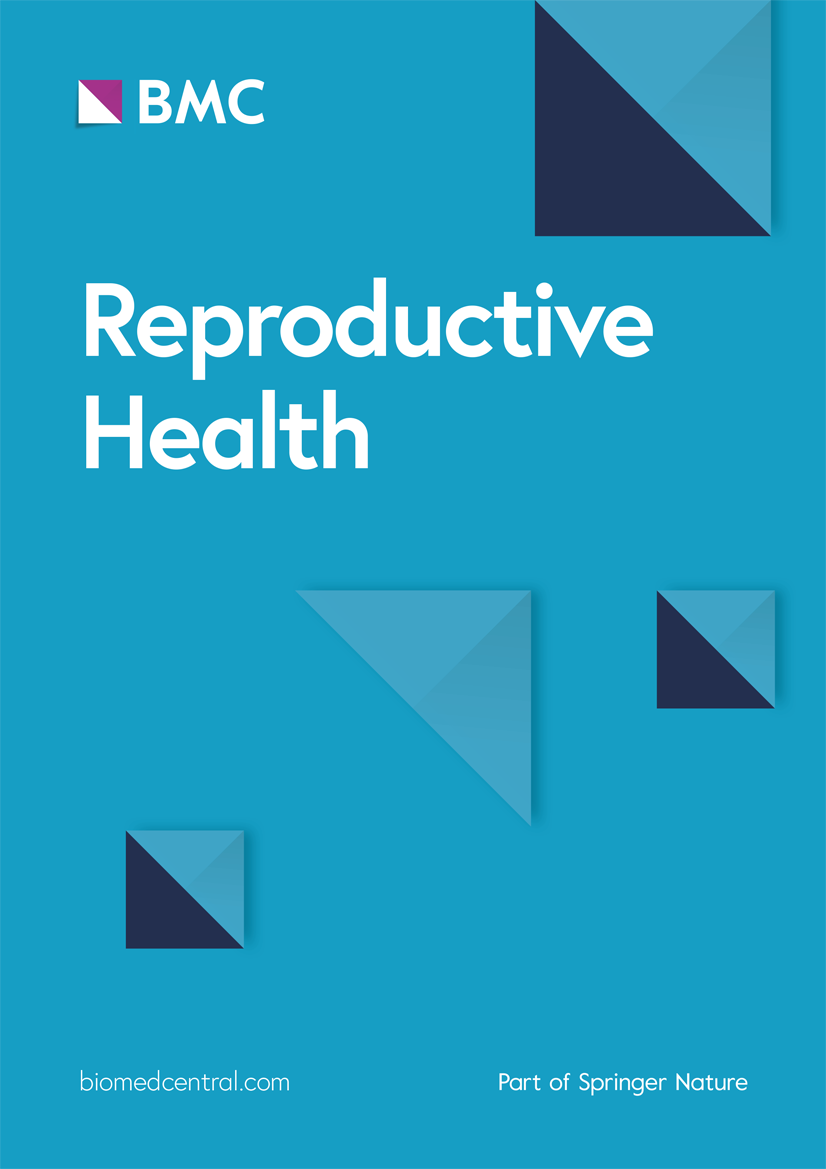


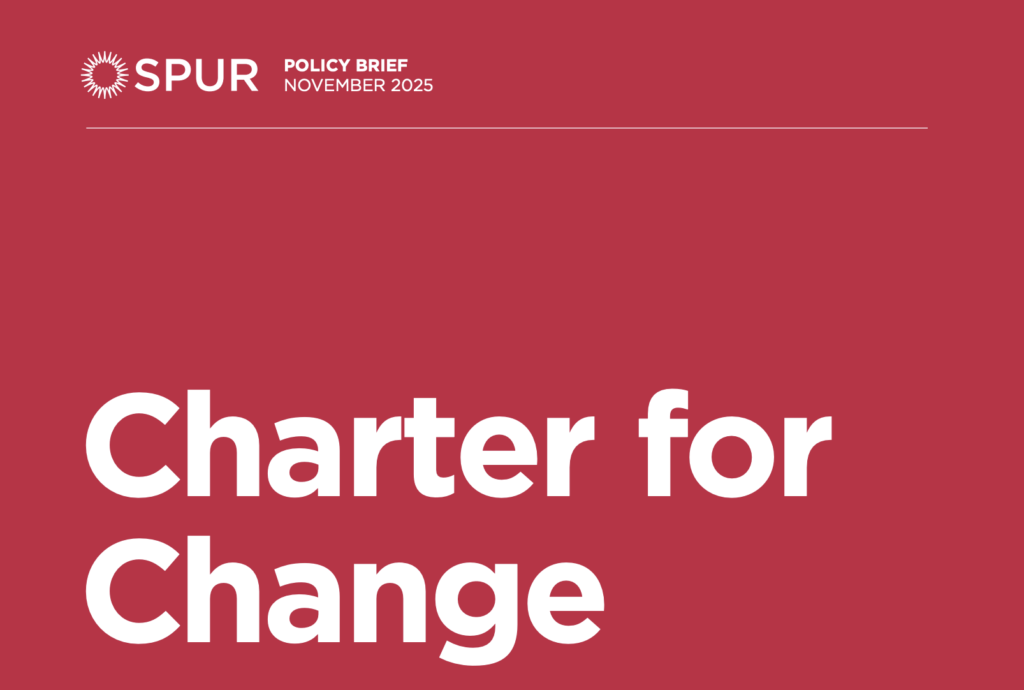

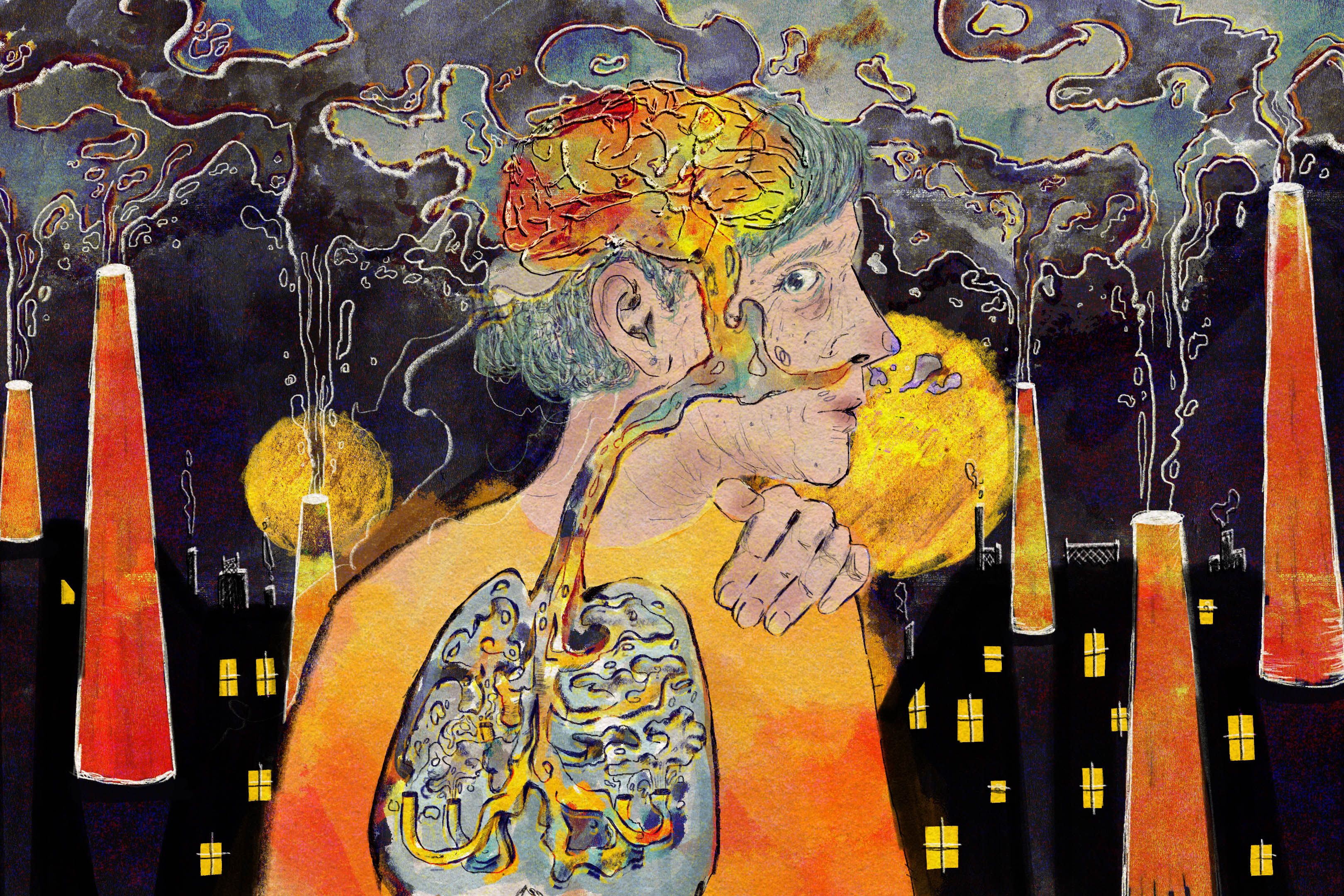















.jpg?#)








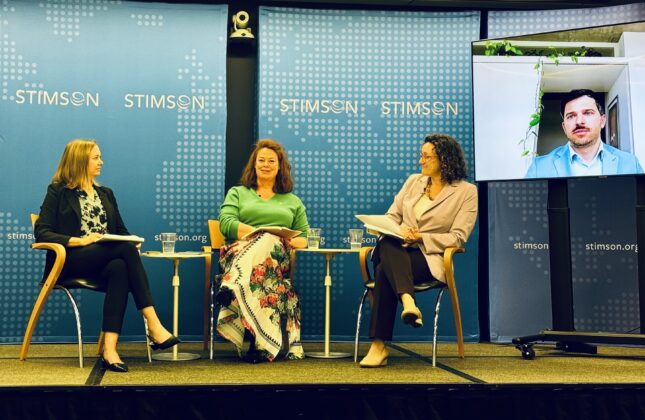




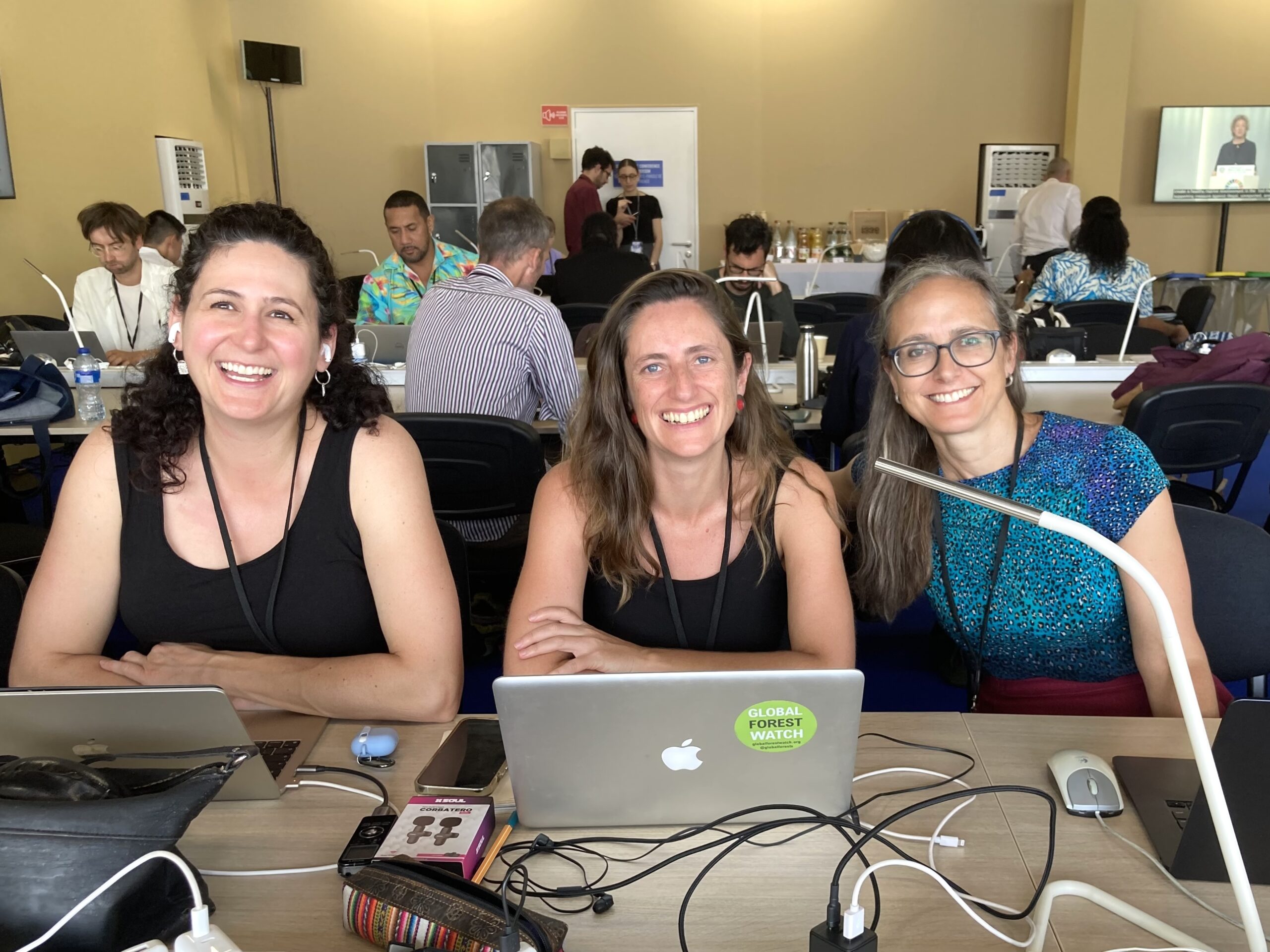













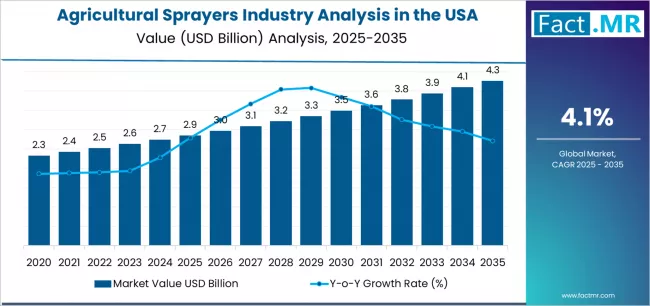












.jpg?h=2ed77c86&itok=KBkaaFUH#)






